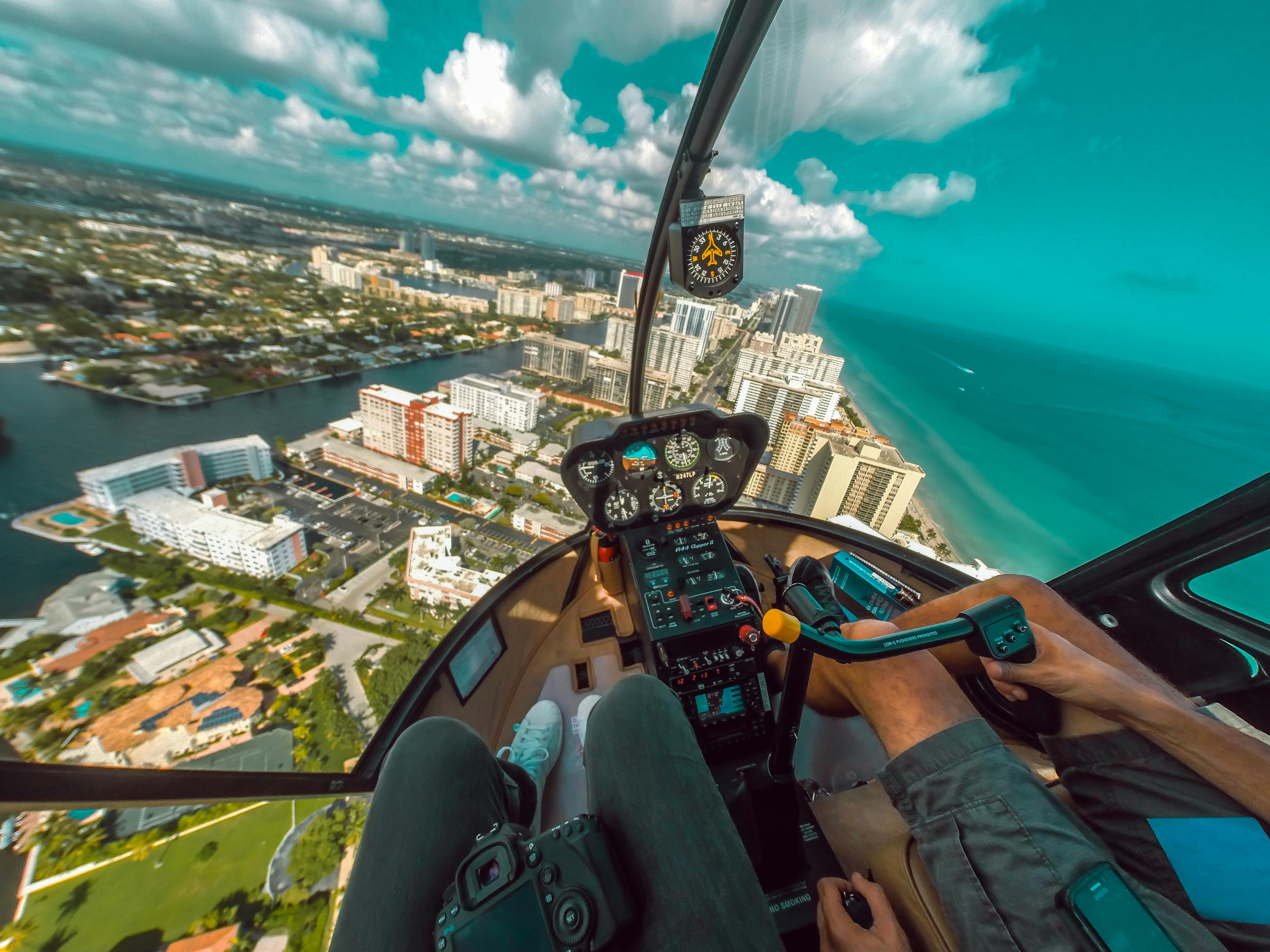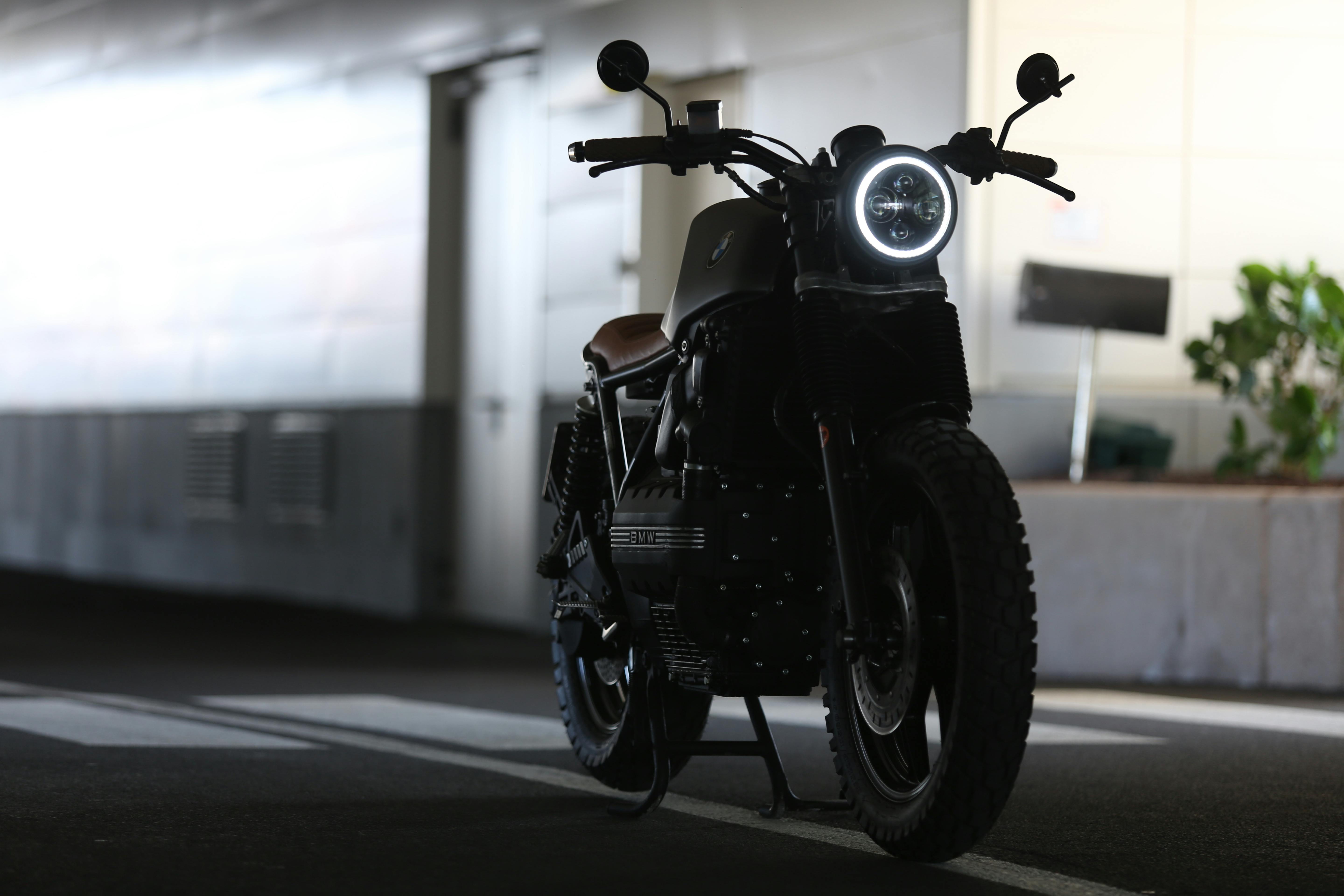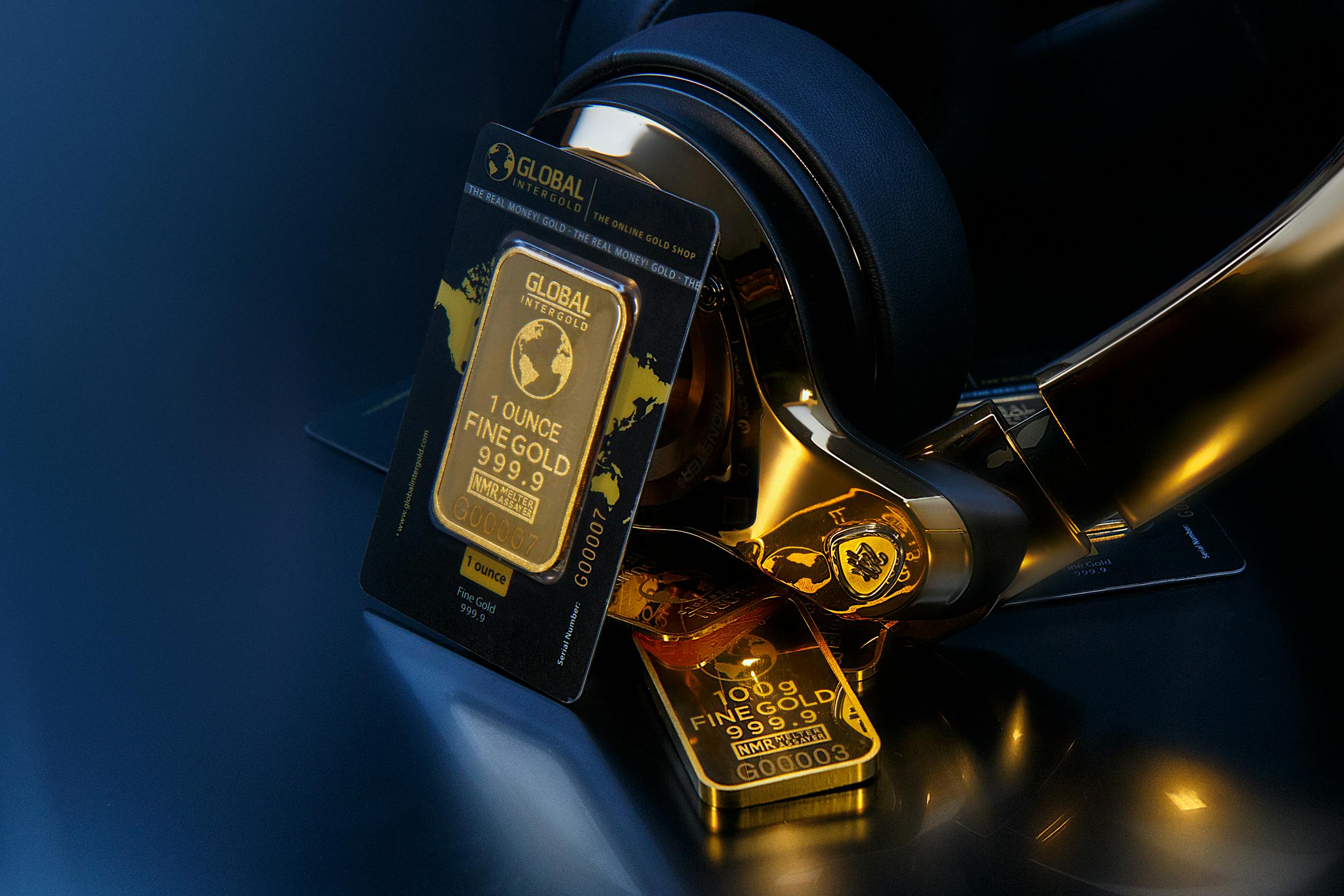Owner Operator Insurance 101 – Lease Agreement Requirements
In today’s ultra-competitive marketplace, the stakes are higher than ever. A bad decision can prove fatal to the business aspirations of the ill-prepared entrepreneur. Careful planning and meticulous attention to detail are requirements for success. Nowhere is this more true than in the world of the independent contractor. Without the large cash reserves associated with the corporate world, the success of the individual Owner-Operator is in constant jeopardy. This article is the first in a series aimed at explaining some lesser-known facts that can help you make better business decisions early on and build a more secure foundation for your business.
For an owner operator looking to enter the trucking business, it is often more economically feasible to start operating under the operating authority of a larger motor carrier. Please note that not all motor carriers operate in the same manner, and not all motor carriers may operate with your best financial interest in mind. If you get sucked into “just signing up somewhere” and forget to read the fine print, you may be setting yourself up for failure.
When negotiating your mileage rate and reviewing your lease with a motor carrier, there are a few things to keep in mind to better manage your exposure to financial threats and ensure your overall profitability.
What expenses are happening to you? Do you use an escrow?
It is not uncommon for a motor carrier to share some or even all of its cargo and liability insurance deductibles with you, the owner operator. They can do this in one of two ways. They may transfer responsibility for deductibles directly to you through your lease, or they may hold money from your settlement in an escrow account. This means that, in addition to the standard $1,000 deductible you already have on your physical damage policy, you could also be liable for up to $2,500 each, or more, on your motor carrier’s liability and cargo policies. They can also deposit money above and beyond deductible amounts for a variety of other purposes, including taxes, permits, or even fuel advances.
You can minimize the risk of incurring insurance-related expenses by using deductible buyback coverage. Deductible buyback allows you to combine all the deductibles you are responsible for and reduce them to one smaller amount, typically $500. Otherwise, pay attention to the use of escrow accounts and be sure to monitor how much they have withheld. If and when you terminate your lease, you will likely have to ask for that money back or risk losing it entirely.
What insurance can they really require you to carry and what should you bring?
The simple answer here is that they can require you to carry whatever coverage their risk managers deem appropriate. While the state you live in may not specifically require you to have certain coverages, the motor carrier may make those requirements a provision of signing a lease. You are an independent contractor picking out enter into a mutual agreement with the motor carrier. By signing the lease, you are saying that you understand and choose to agree to its requirements, whatever they may be. The most common insurance they will require will be some form of personal injury protection.
However, any insurance coverage they require of you is most likely intended to reduce their exposure to the risk of you passing expenses on to them. Since these expenses would initially be yours, it is in your best interest to have the coverage.
The most common and inexpensive form of personal injury protection is called a Worker’s Compensation or Occ Acc. Occ Acc is similar to Workers’ Compensation in that it covers you or your driver for medical expenses resulting from related injuries. with work. A typical Occ Acc plan will also include some amount of disability coverage. The main difference between Occ Acc and Work Comp is that an Occ Acc policy has a specific default limit of coverage ($500K, $1M, etc.). Work Comp limits are determined by individual state statutes.
What kind of liability coverage are you required to carry on yourself?
When you are leased from a motor carrier and operate your truck “in the business of trucking,” you are covered by your auto liability coverage. Also known as primary liability, this coverage insures you and the motor carrier for property damage and bodily injury that you cause to a third party and for which you are responsible. Since your truck is a commercial vehicle designed for the business of hauling cargo, primary liability covers you most of the time. However, since you own the truck, there will be times when you can use it for things other than “trucking business.” Because of this, it is important to have a secondary form of liability coverage.
Usually referred to as “bobtail” coverage, there are actually several different forms of secondary liability coverage that can be used. Your motor carrier may require a specific form, so it is important to understand the difference.
Non-Trucking Liability, NTL – Covers you when you’re “not in the business of trucking.” You don’t specify if you are pulling a trailer or a bobtail.
Bobtail Liability: Covers you when you are bobtail. It does not specify whether or not you are in the trucking business.
No-Load Liability – Covers you when you are not loaded. It doesn’t specify if you’re bobtail or deadhead or if you’re “in the trucking business” or not.
Please note that these are all liability coverages. This is only coverage for you to pay others for bodily injury and property damage that you may have caused. This coverage will never pay you for damage to your own equipment. Damage to your equipment is covered by physical damage coverage. Most motor carriers don’t have requirements on their physical damage coverage, but it’s still a good business decision to have it.
Understanding these different forms of coverage is extremely important for an Owner Operator when entering into a lease. Before you sign your name on the dotted line, ask yourself the questions presented in this article and consider which of the different forms of insurance might apply to you. Investing in the right types of coverage early on can help you minimize the risk of financial catastrophic events in the future. As is evident in today’s business economy, it is better to be financially proactive and prepared than to wait for disaster to strike.









